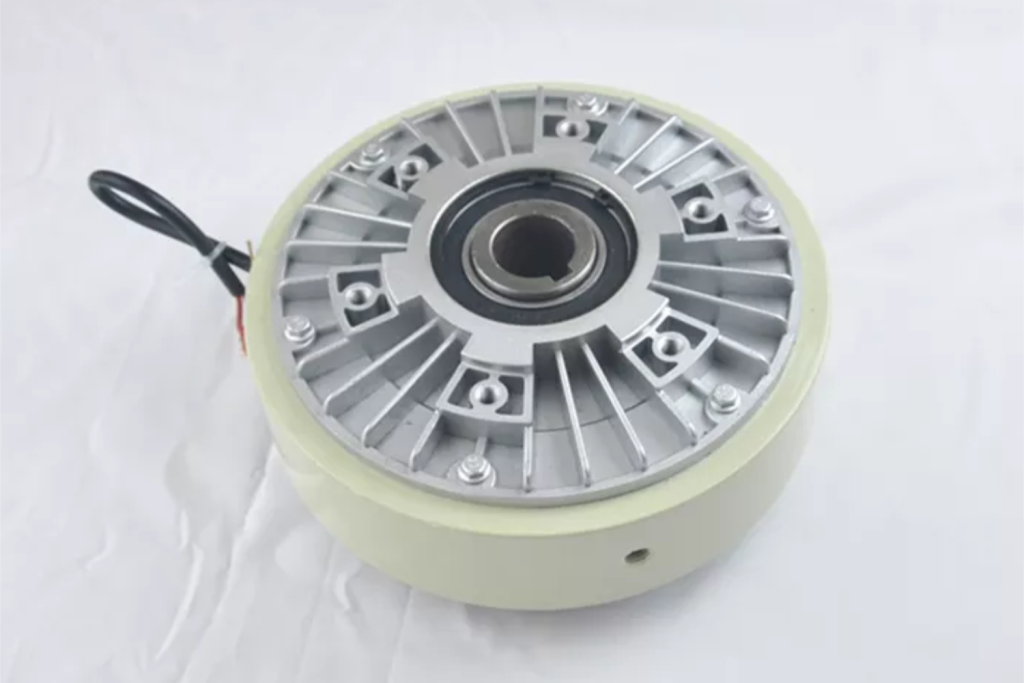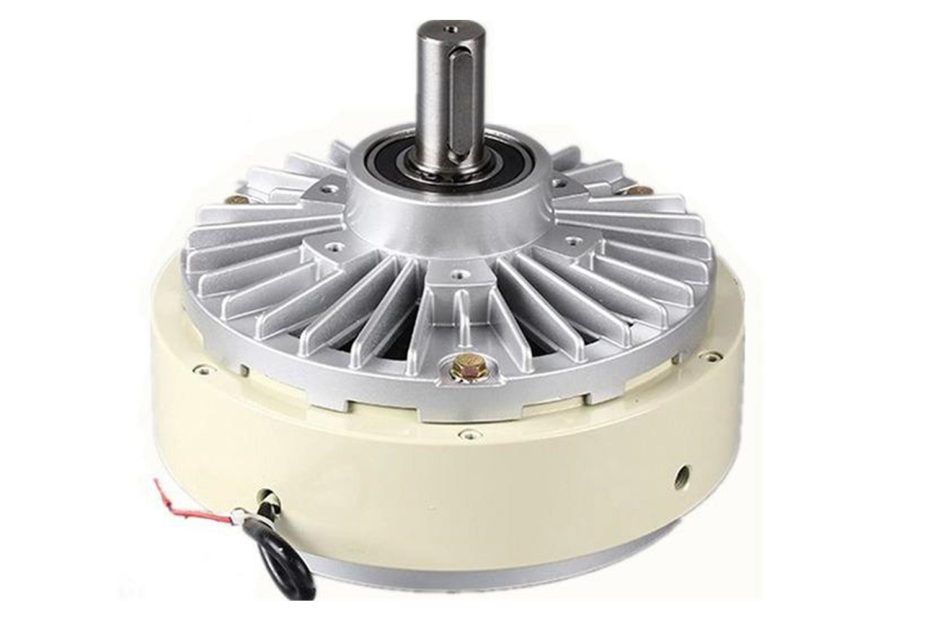In the world of robotics, precision, control, and safety are paramount. Achieving these factors often depends on the technology and components utilized. One such technology that plays a pivotal role in ensuring precise control and safety is the magnetic particle brake.
Magnetic particle brakes serve as a critical component in the robotics industry, facilitating controlled motion and enhancing the overall performance of robotic systems.
Top 4 Applications of Magnetic Particle Brakes in Robotics
Magnetic particle brakes find diverse applications in the realm of robotics, contributing to their precision and safety.
| Application | Description |
|---|---|
| Collaborative Robotics | Magnetic particle brakes ensure safe human-robot interactions by enabling quick stopping and controlled movements, reducing the risk of accidents. |
| Precision Positioning | These brakes play a vital role in applications like 3D printing, laser cutting, and assembly tasks, providing precise control over the positioning of robotic arms and tools. |
| Medical Robotics | In medical robots used for surgeries and diagnostics, magnetic particle brakes offer stability and accuracy, enhancing the precision required in healthcare procedures. |
| Industrial Automation | Robotics in manufacturing relies on magnetic particle brakes to control conveyor belts, pick-and-place robots, and CNC machines, ensuring consistent and precise movements. |
Top 5 Advantages of Magnetic Particle Brakes in Robotics
Magnetic particle brakes offer a host of advantages, making them a preferred choice for many robotic applications.
- Precision Control: Magnetic particle brakes provide highly precise control over robotic movements, allowing for accurate positioning and alignment of tools and components.
- Safety Enhancement: In collaborative robotics, the ability to quickly stop and control movements ensures the safety of human operators, reducing the risk of accidents.
- Durability: These brakes are known for their durability and resistance to wear and tear, making them ideal for continuous operation in industrial settings.
- Maintenance Efficiency: Magnetic particle brakes require minimal maintenance, reducing downtime and operational costs, which is crucial in industries where efficiency is a priority.
- Energy Efficiency: Energy-efficient designs in magnetic particle brakes contribute to reduced power consumption, resulting in cost savings over the long term.

How Magnetic Particle Brakes Work in Robotics
Understanding the mechanism of magnetic particle brakes is essential to appreciate their role in robotic applications.
- Magnetic Field Generation: A magnetic field is generated within the brake when an electrical current is applied. This field influences the alignment of ferrous particles in the brake rotor.
- Torque Control: The magnetic field’s strength is modulated by adjusting the electrical current, which, in turn, affects the torque applied to the rotor. This controlled torque allows for precision in robotic movements.
Future Prospects and Innovations in Magnetic Particle Brakes
As technology advances, magnetic particle brakes continue to evolve, introducing innovations that enhance their performance and applicability.
| Innovation | Description |
|---|---|
| Smart Control Systems | Integration of advanced control algorithms and sensors for real-time adjustment and optimization of brake performance. |
| Miniaturization | Development of compact and lightweight magnetic particle brakes suitable for smaller and more intricate robotic systems. |
| Enhanced Heat Dissipation | Improved cooling systems to handle higher power applications, ensuring optimal brake performance under varying conditions. |
| Advanced Materials | Incorporation of advanced materials to enhance durability and reduce wear, increasing the lifespan of magnetic particle brakes. |
Conclusion
In the fast-paced world of robotics, precision, safety, and efficiency are non-negotiable. Magnetic particle brakes, with their capacity for precise control, safety enhancement, and energy efficiency, are indispensable in achieving these objectives. Whether in the realm of collaborative robotics, medical applications, or industrial automation, magnetic particle brakes play a vital role in ensuring robotic systems operate with the highest degree of precision and reliability. As we look to the future, innovations in magnetic particle brake technology are set to further advance the capabilities of robotics, opening up new possibilities and applications in this dynamic field.
